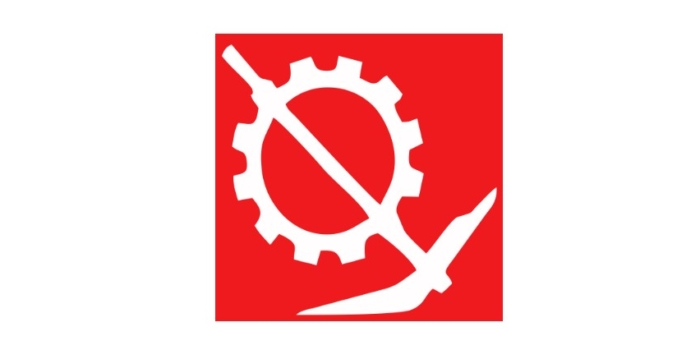Even now, nearly a year after the worst effects of the pandemic were seen, hundreds of sanitation workers and manual scavengers are permanently employed in digging up human remains for trade.
Lockdown Effect: Manual Scavengers Turn to Selling Human Bones Simply to Survive: Pragya Akhilesh, Anil Balmiki, Sujith Balmiki and Dinesh Hela, 24 March 2022
https://thewire.in/rights/lockdown-effect-manual-scavengers-turn-to-selling-human-bones-simply-to-survive
… Within a year of the continued practice of bone scavenging, bigger bone smugglers developed this illegal bone trading supply chain into “a network of underground and small-scale business models”, according to the Toilet Stories of India study. The formula is simple: the scavengers gather as many bones as they can and sell them to ‘masked men’ for cash on the spot, instead of waiting for a month or longer to be paid for cleaning dry latrines. There is another model of trade: bone scavengers get their supply of bones illegally from hospital sanitation workers who are permanently employed and cannot risk revealing their identities to the bone traders. A part of the cash earned by the bone scavengers is then given to the hospital sanitation workers, who are “severely underpaid”, according to the Toilet Stories of India study. A third business model for bone scavengers is to sell human tissues and bones to the hospital sanitation workers, who then sell them to medical institutions and students who require them for dissection and research. … For most manual scavengers, this kind of work is easier than entering septic tanks, since their chances of losing their lives are relatively lower. Illegal bone scavenging as an occupation also survives and thrives because the concept of ‘scavenging as destiny’ is forced upon men and women due to their castes. Whether it is the collection of excrement, animal carcasses or bones, manual scavenging continues to exist in India. This is why it is important to add ‘bone scavengers’ to the many categories of manual scavengers that exist beyond the PEMSR Act, which defines the practice of manual scavenging very narrowly. With no genuine model for the rehabilitation of the manual scavengers of India, this ‘newer’ occupation of bone scavenging, like the ‘traditional’ occupation of manual scavenging, will not be eradicated easily.












